Energy Bars, Part II
This week I'm taking the opposite tack on the selfsame subject, relaying pure information and straight objectivity on the five types of energy bars I ran past my tongue last week. Not a single pesky opinion of my own here. Just the nutritional nitty-gritty, and all things quantitative on the carbs and sugars and fats and secret ingredients that make these bars what they each individually are.
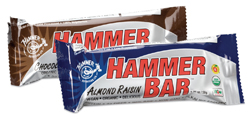
Hammer Food Bar
First in line, Hammer Nutrition LTD's namesake Hammer Food Bar comes in two flavors -- Chocolate Chip and Almond Raisin -- and the company (www.e-caps.com) touts the bars as being 100 percent natural with no refined sugar or artificial ingredients. They are certified organic, kosher, dairy-free and made with stuff like almond butter, date paste, flax, quinoa, Belgian chocolate, wheat and barley grass juice.
The 1.7-ounce Hammer Food Bar contains 220 calories, about 25 grams of carbohydrates, about 10 grams of protein, and 9 grams of fat. They are $2.49 apiece.
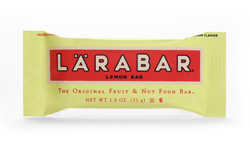
Lara Bars
Containing a total of just two to six ingredients per bar, the Larabar wins the minimalist's award. The company's (www.larabar.com) Cashew Cookie bar, for example, is made ever so simply with just two ingredients: Dates and cashews. That's it.
Fruits, nuts and spices are the only ingredients the company employs. All the bars -- including Lemon, Apple, Cherry Pie, Cinnamon Roll and Ginger Snap, to name a few of the 10 flavors -- are 100 percent raw and unprocessed. No sweeteners or nutritional supplements are allowed.
Larabars cost $1.70 and vary slightly in weight and nutritional makeup. Average bar weight is 1.8 ounces, and most bars contain around 220 calories; 25 grams of carbohydrates; 3 - 6 grams of protein; and about 10 grams of fat.
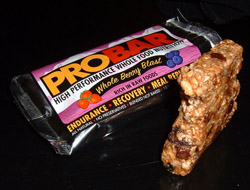
ProBar
Next up is the ProBar, an unbaked granola-bar-type package made with constituents like pumpkin seeds, brazil nuts, corn flakes, hemp seeds, almonds, apples, oat bran and crisp brown rice. The company (www.theprobar.com) eschews the term "energy bar" when referring to its product, which comes in Original Blend and Whole Berry Blast. Instead, ProBar LLC markets its namesake nuggets as "whole-food nutrition bars."
ProBars weigh 3 ounces each and cost about $2.75. They contain about 380 calories with 18 grams of fat, 50 grams of carbohydrates, and about 9 grams of protein.
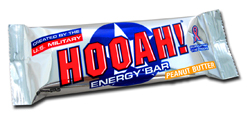
HOOAH! Bars
HOOAH! bars, a product created by the U.S. military, contain "a mix of complex carbs, simple carbs, lipids, and proteins," according to Mark D'Andrea, president of D'Andrea Brothers LLC, the bar's distributor. This mix, says D'Andrea, was created to deliver a slow, continuous conversion of glycogen to glucose that helps provide steady energy while delaying the onset of fatigue.
Soy and whey protein, as well as 17 vitamins and minerals, are included in the HOOAH! bar (www.hooahbar.com), which comes in Chocolate Crisp, Peanut Butter and Apple Crisp. The 2.2-ounce bars, which cost $1.49 each, have about 270 calories, 40 grams of carbohydrates, 10 grams of protein, and 9 grams of fat.
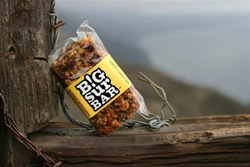
Big Sur Bars
Finally, Big Sur Bars (www.bigsurbar.com) come in Original, White Zest and Blind Date flavors. They include ingredients like pecans, almonds, raisins and coconut as well as butter, eggs, honey, vanilla and baking soda.
The $3 Big Sur Bars average more than 100 grams of carbs and 8-10 grams of protein. They are the heftiest snack by far in this review, with each 5-ounce bar containing about 27 grams of fat and nearly 700 sweet and gooey calories.


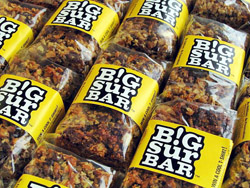
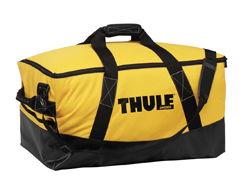
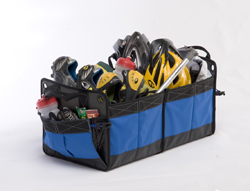
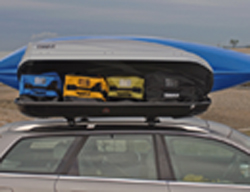
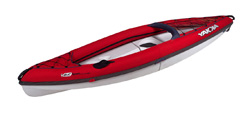
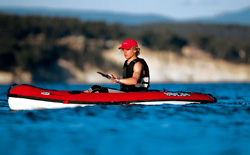
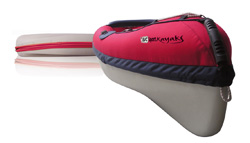
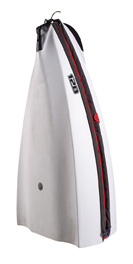
 Subscribe to Stephen's RSS Feed
Subscribe to Stephen's RSS Feed
 Subscribe to Stephen's RSS Feed
Subscribe to Stephen's RSS Feed